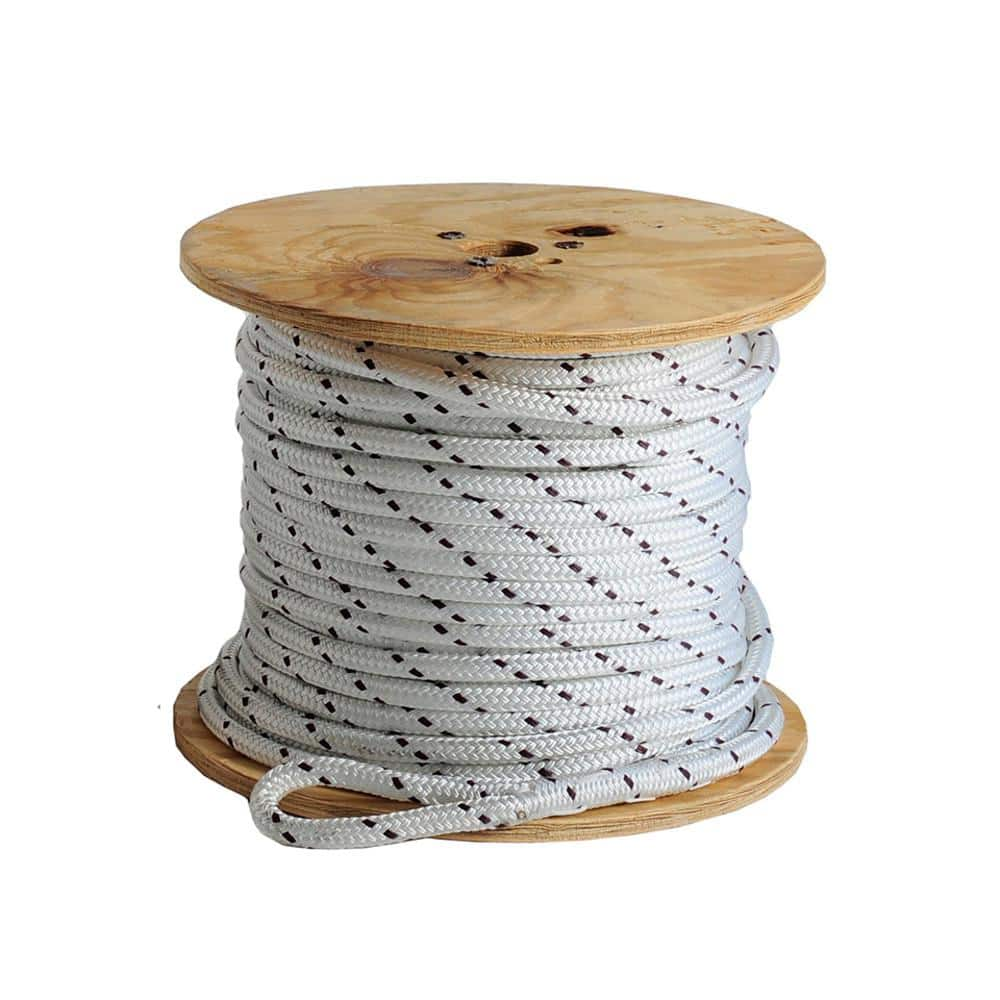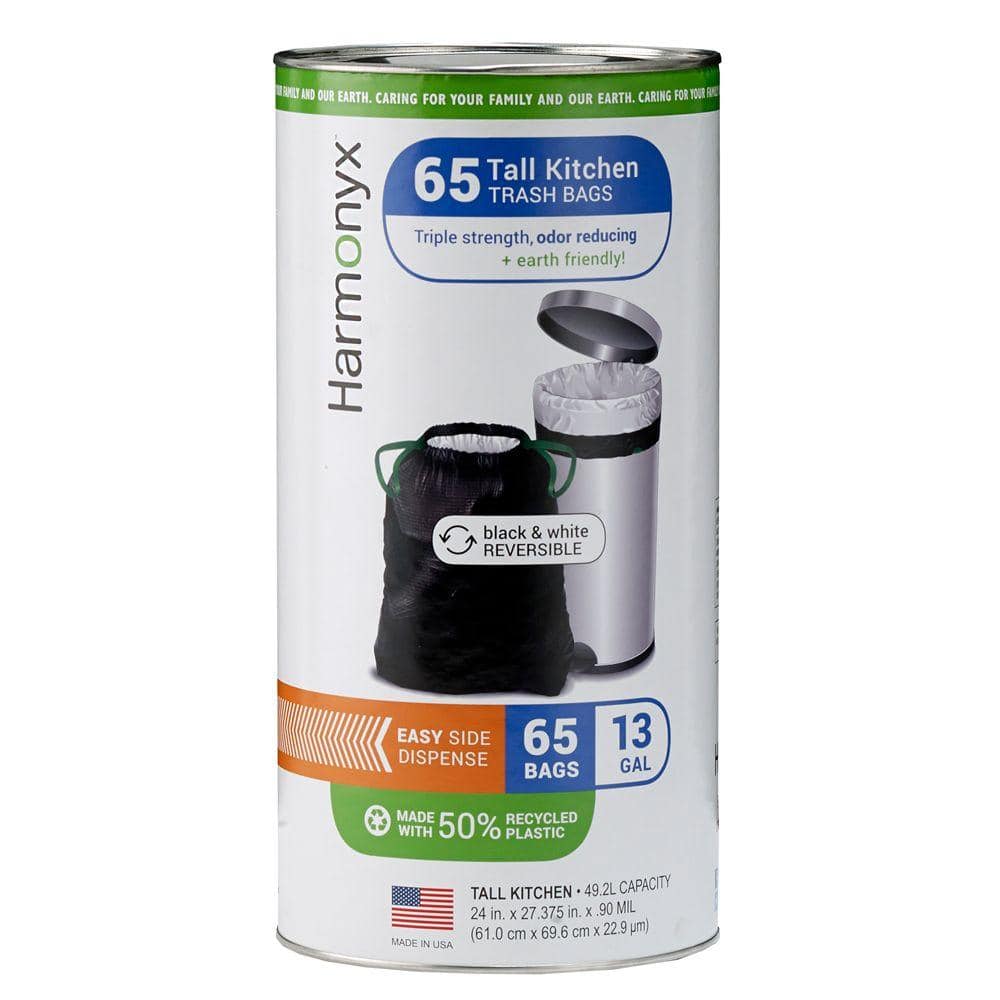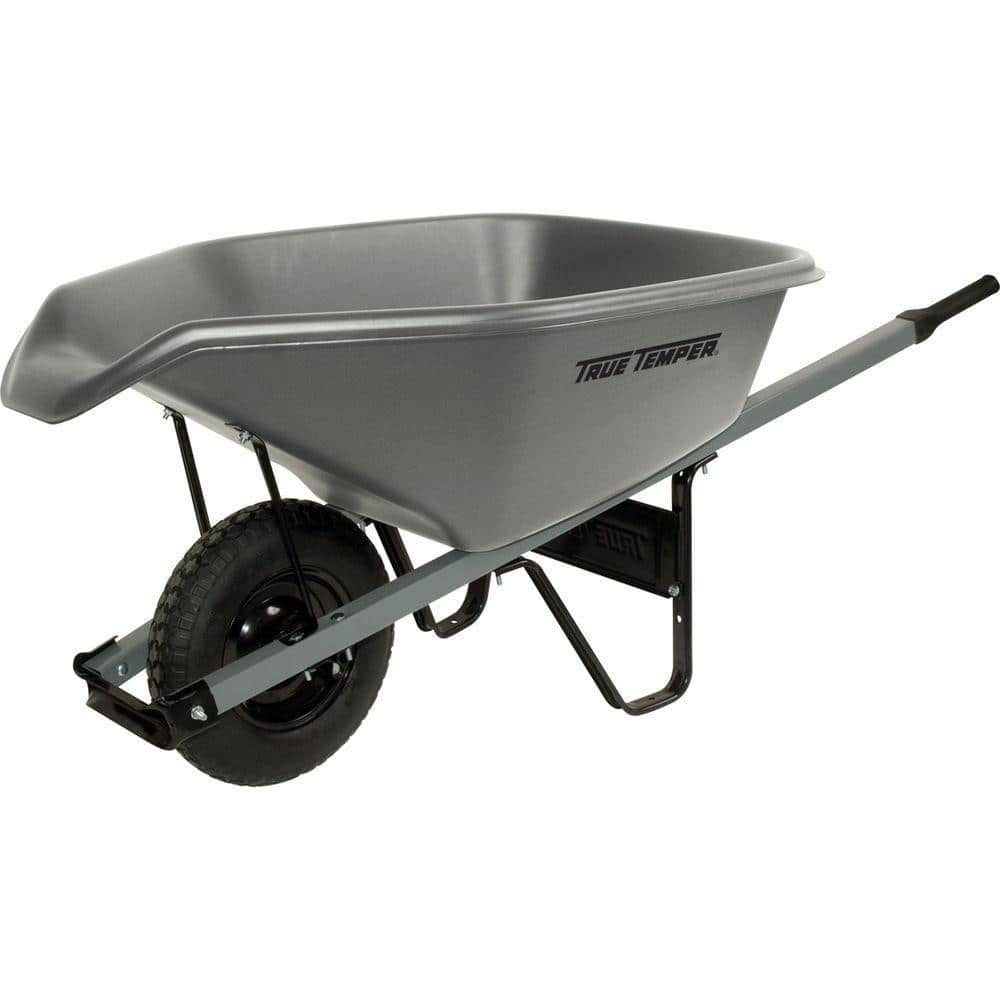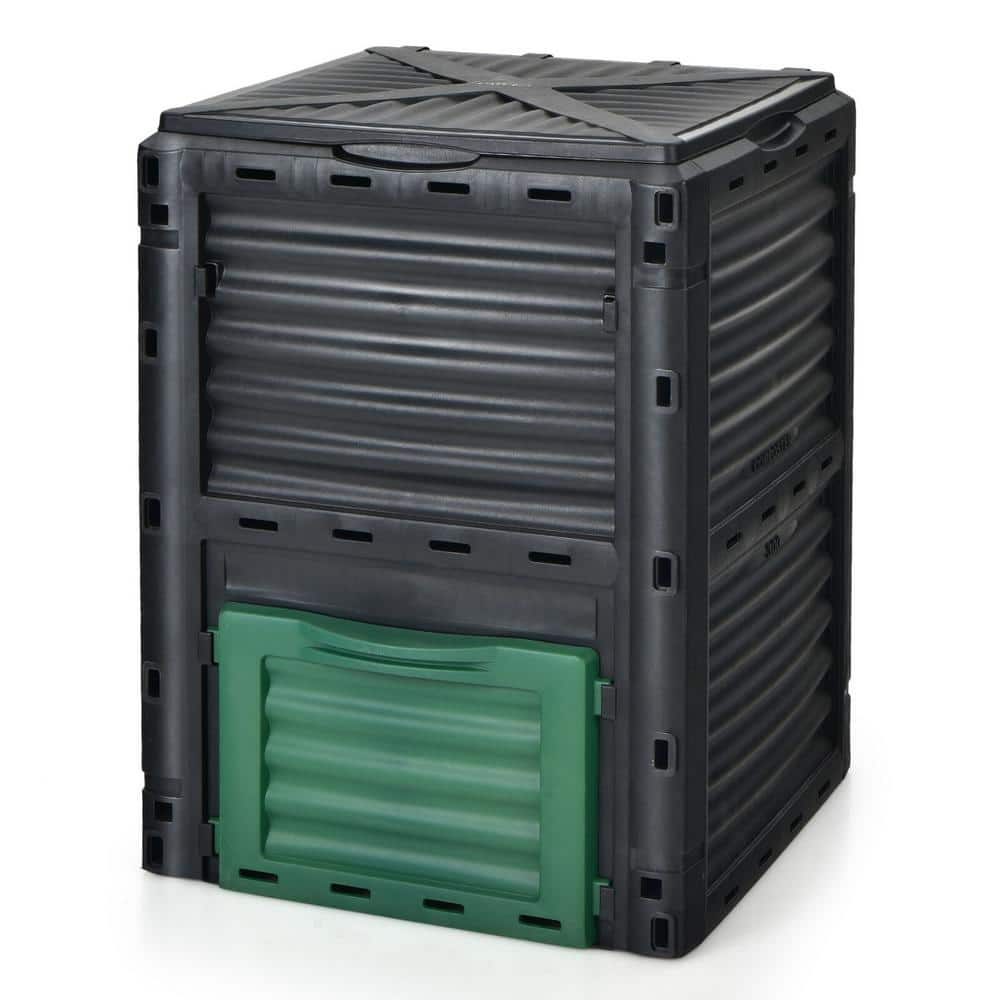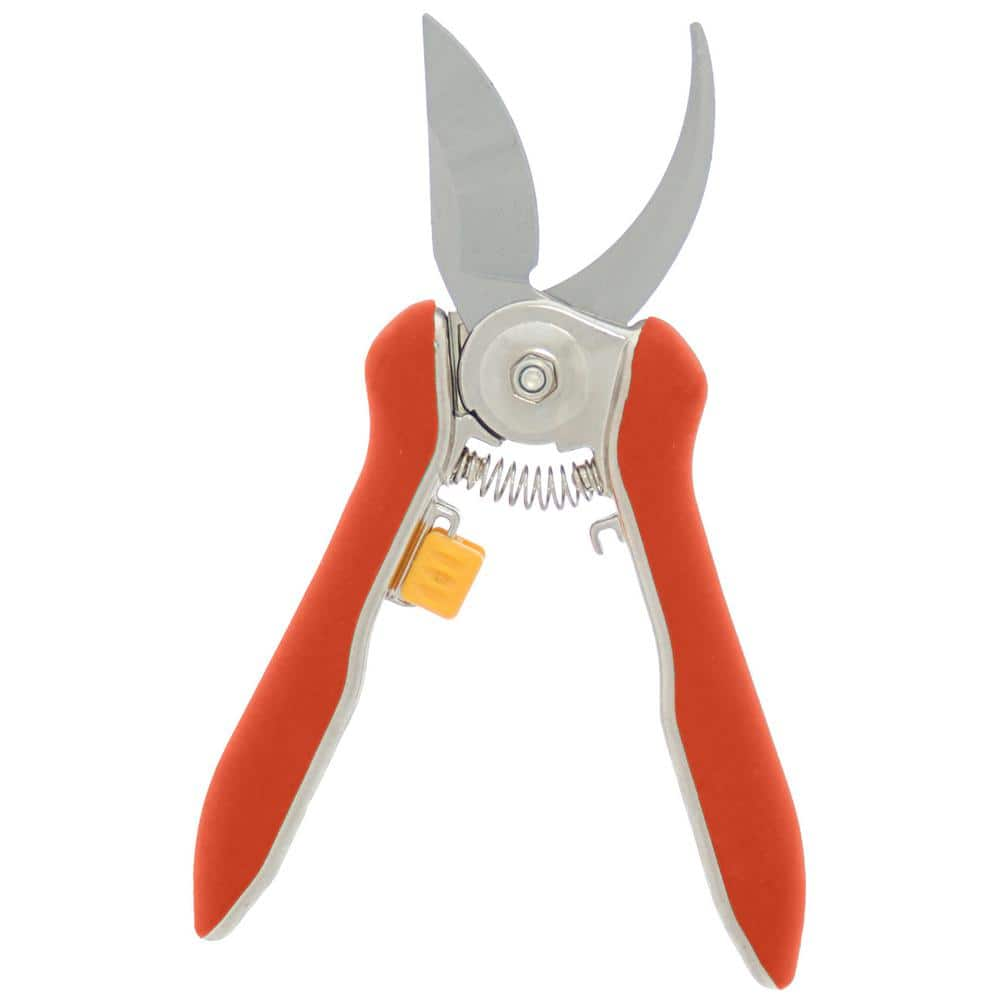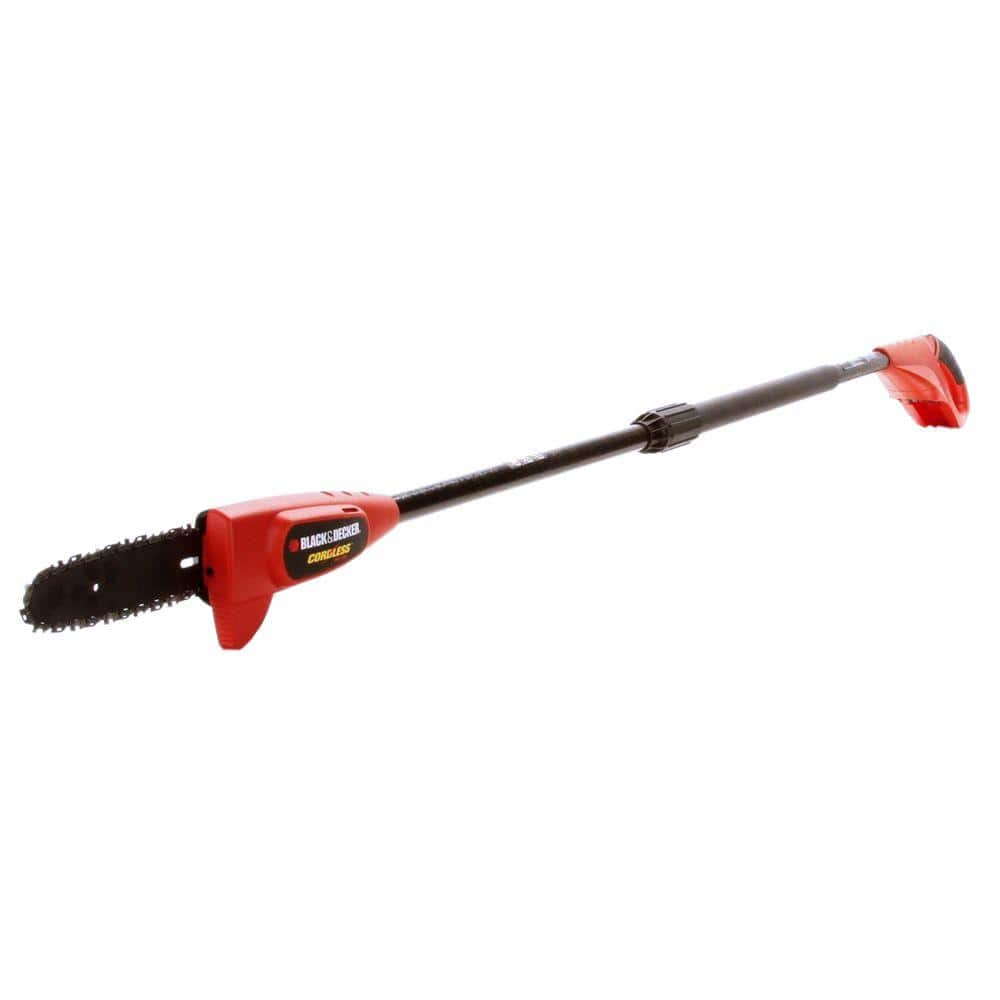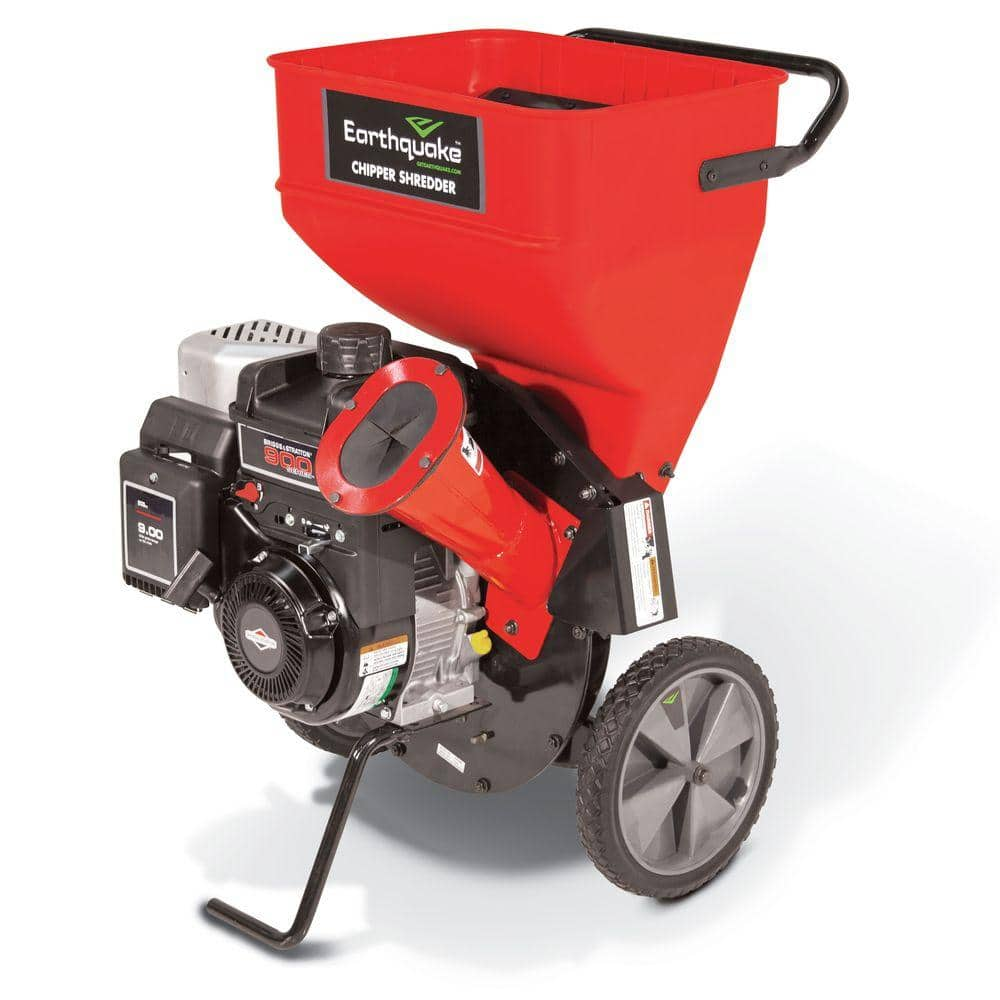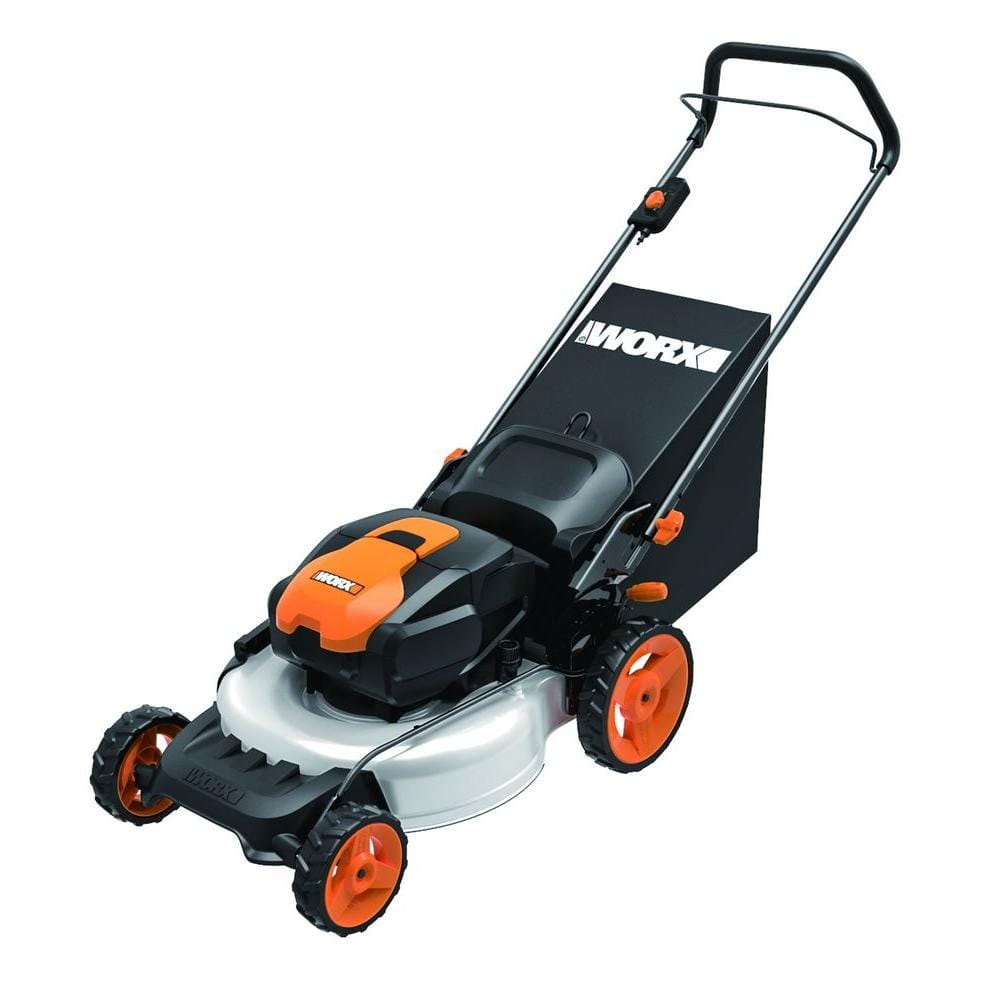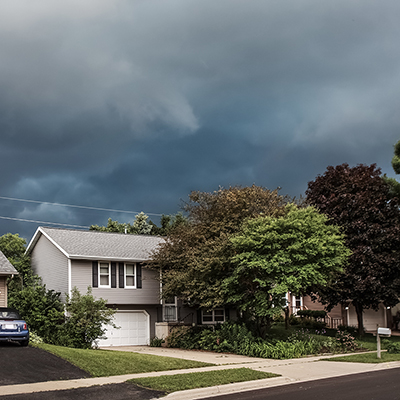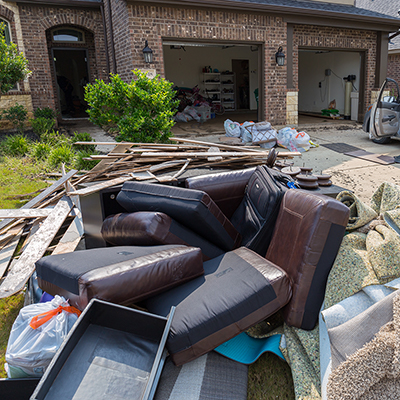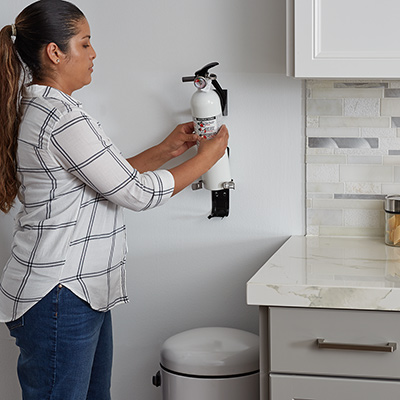How to Prepare for Wildfires
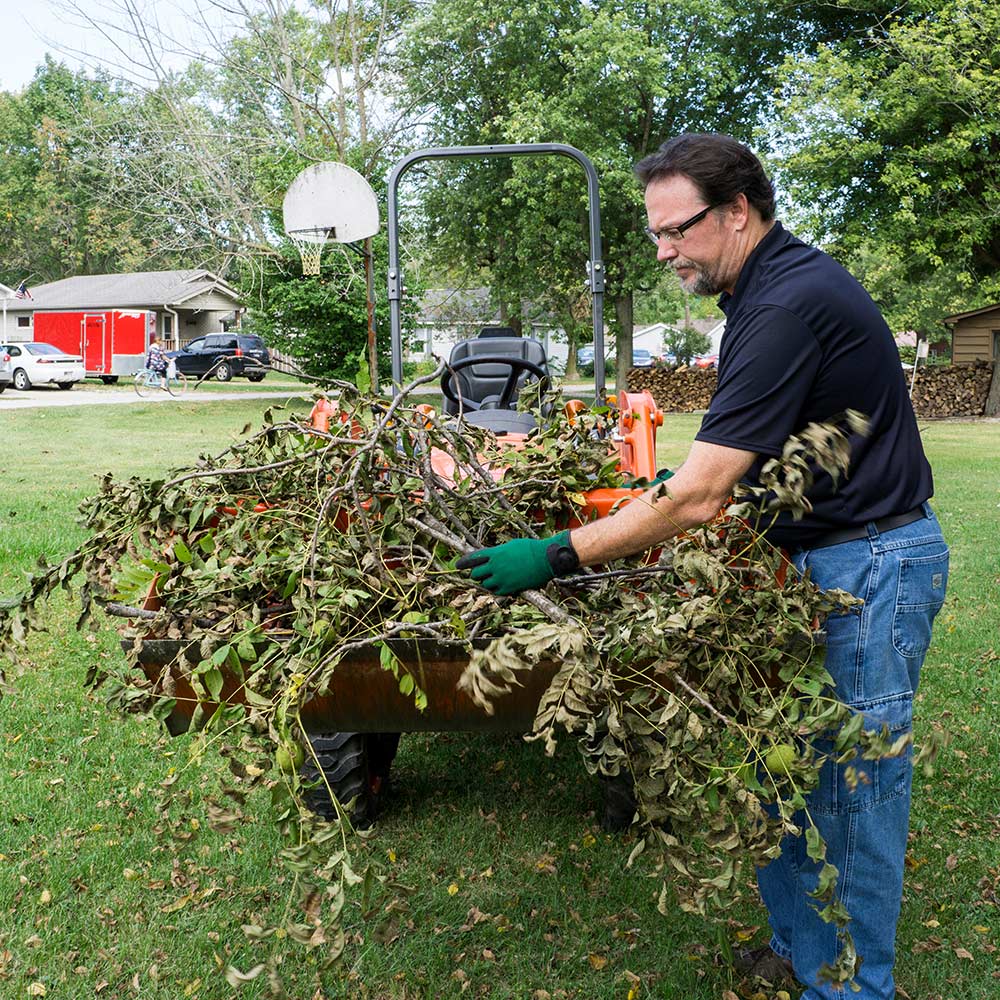
Last updated September 7, 2023
The best defense against wildfires is preparation. Wildfires can happen anywhere woods exist. They can affect new and existing neighborhoods. A wildfire can occur naturally or be manmade. A lawn or garden can be badly damaged depending on the duration and path of the fire. Use this guide to learn how to prepare your property, plus get ideas for how to recover in case a wildfire affects your property.
Safety Tip: Wildfires can be extremely dangerous. Always evacuate when requested by local authorities.
Table of Contents
Wildfire Facts
Preparation: 1 to 5 Feet from Your Home
Preparation: 5 to 30 Feet and More
Act Quickly If a Wildfire Happens
Immediately After a Wildfire
Recovering from a Wildfire
Wildfire Facts
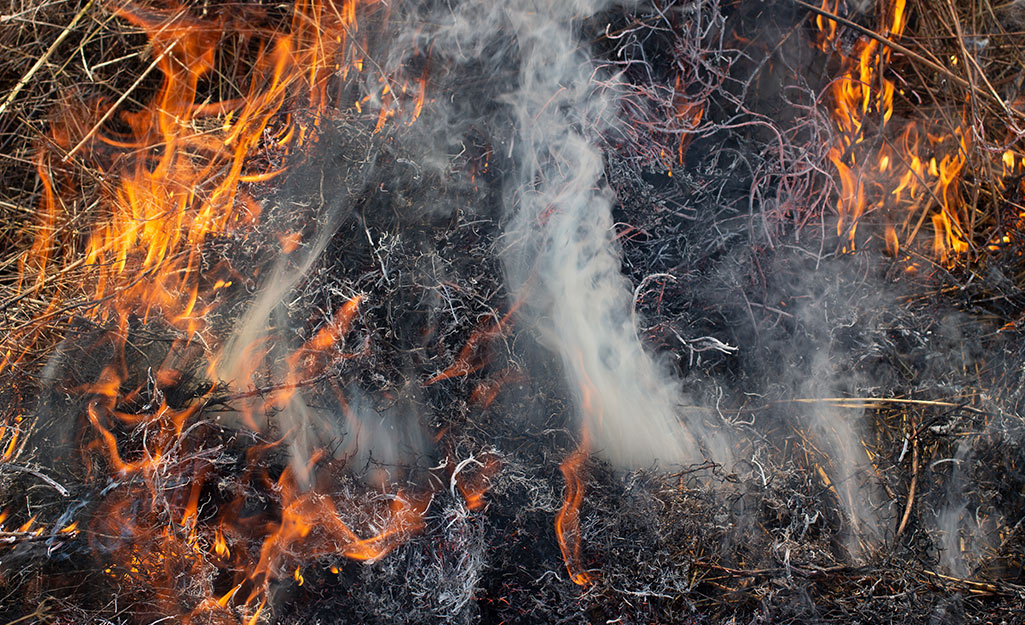
Understanding how wildfires work will make you better prepared to plan your response. There are three types of wildfires: ground, surface and crown. All types of wildfires can produce embers, or airborne pieces of flaming or smoldering vegetation, that spread the fire.
- Ground fires feed on dry vegetation below the soil’s surface.
- Surface fires are limited to vegetation that is close to the ground and can be easier to extinguish.
- Crown fires occur at the top of trees. They usually travel fast, covering larger areas and burn trees from top to bottom. Crown fires are the most severe and dangerous. Embers from crown fires can travel as far as two miles before landing and starting new fires.
Preparation: 1 to 5 Feet from Your Home
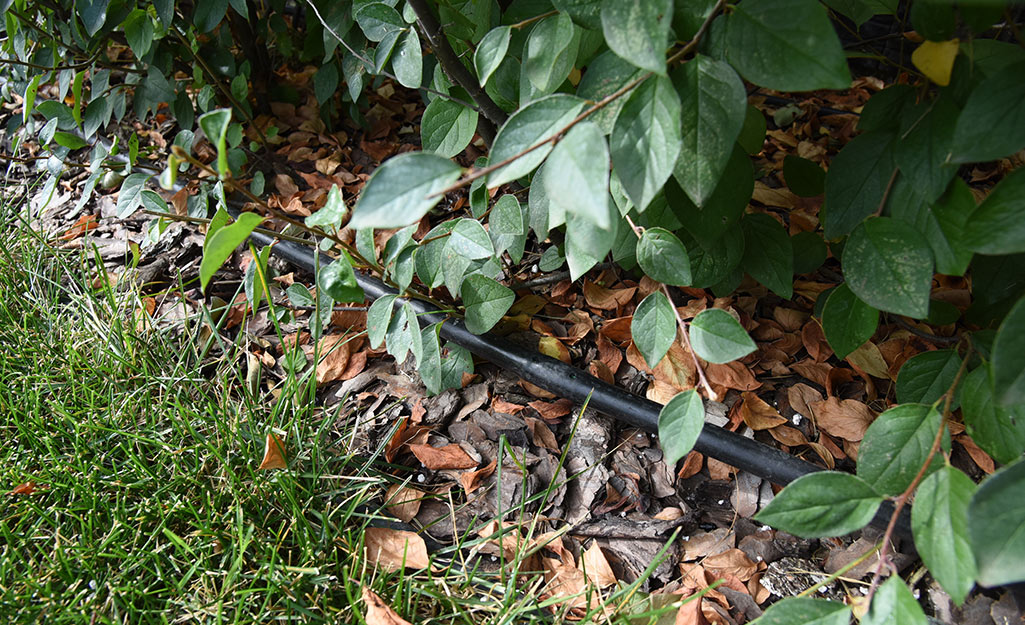
The first five feet from your home is the most important to prepare. Just like leaves, wildfire embers are blown by the wind. Look around and see where leaves or other debris gather around your home. These are the most likely places where embers will strike. Make these areas as fireproof as possible.
- Remove shrubs and keep debris cleaned away.
- Keep the roof and gutters clean. Remove any leaf litter, pine needles or wood mulch.
- Clean under decks and patios.
- Cover exterior vents with metal screens to keep embers out.
- Use fire-resistant materials for additions to your home like decks and porches.
- Consider investing in fire-resistant roofing.
- Avoid storing anything combustible in this area.
Tip: If your area is known for wildfires, consider a hardscape for your yard. This can reduce the chance of embers igniting near your house.
Preparation: 5 to 30 Feet and More
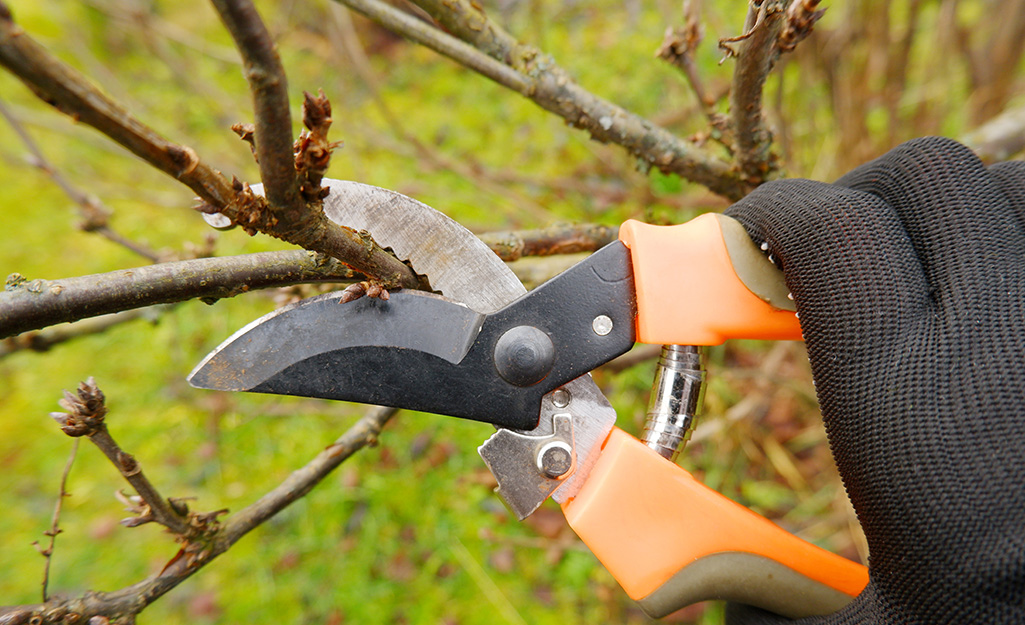
After fireproofing the first five feet, tackle the next 30 feet from your home.
- Prevent ground fires from “laddering” up trees. Prune lower tree limbs so the lowest is at least 6 feet from the ground or other ignitable items like bushes. For example, if there’s a 3-foot tall bush under a tree, make its lowest limb 9 feet from the ground.
- Help prevent crown fires in your own yard. Trim the limbs of trees, or small groups of trees, so there is a gap between them. This gap should be at least 10 feet if the trees are near the house. Consider cutting down trees close to your home.
- Choose fire-resistant bushes and hedges.
- Mow the lawn regularly.
- Water often to encourage moisture and growth. Keep plants green and healthy.
- Use fire-resistant materials for decks, greenhouses and garden beds.
- Treat any wood structures in your yard with a fire-retardant treatment, especially during droughts.
- Place any firewood at least 30 feet away from the home.
- Store gasoline, propane and other combustibles 30 feet from the house.
- Beyond 30 feet, trim trees and undergrowth and create distance between any tree limbs.
- Collect and dispose of dead vegetation regularly.
Tip: Try not to have coniferous trees within 30 feet of your home. Trees with needles and cones like cedars and pines are more vulnerable to wildfire. Oaks and other hardwoods fair better.
Act Quickly If a Wildfire Happens
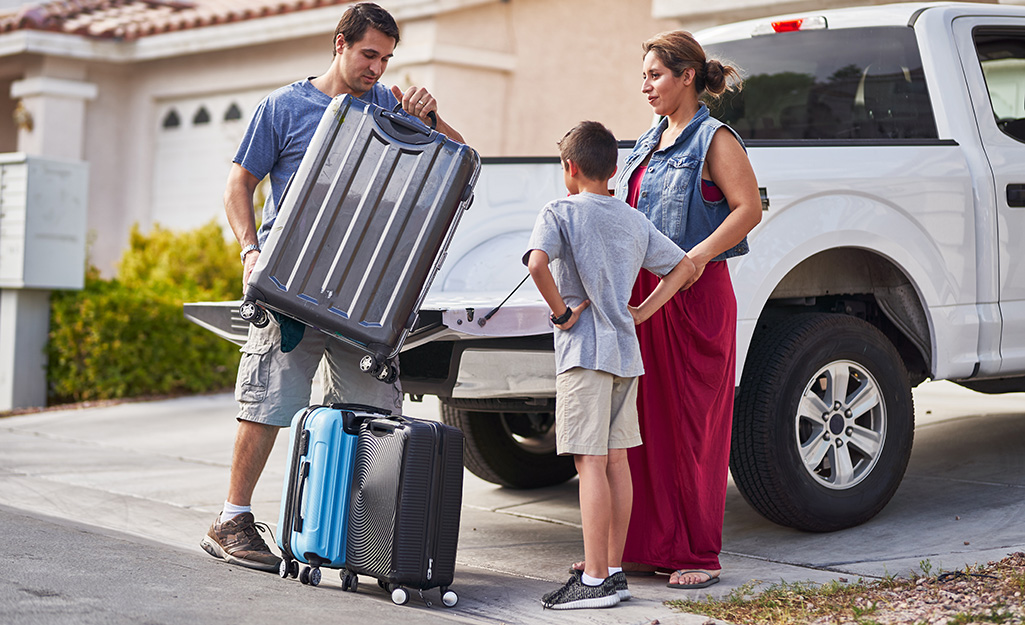
A wildfire can spread fast from the woods or an out-of-control leaf fire several houses away. Be ready to act.
- Your first priority is safety. Be ready to travel so you can evacuate without delay.
- Follow any directives from local authorities. Understand that fire crews may have to access your property and dig a fire line in an attempt to save structures.
- As long as an evacuation order isn't issued, you can get to work. Check known problem areas to be sure all debris has been cleared away.
Immediately After a Wildfire

Wildfires can change the soil and the condition of lawns and gardens. It can take some time to see the full impact of a wildfire. For example, your property may be more vulnerable to flooding during heavy rains. But once wildfires are controlled and extinguished, go out and evaluate your property for the short-term damage. Think about how you can restructure your layout as needed. Practice safety after a wildfire:
- Watch out for low hanging and fallen branches or downed power lines. Report these and wait until they are repaired or cleared before going out.
- Beware of ash pits. These hollow ditches are full of ash from burnt trees and stumps. Some can be very deep or wide. Proceed carefully and check the ground ahead of you with a long stick or pole to avoid injury.
Recovering from a Wildfire
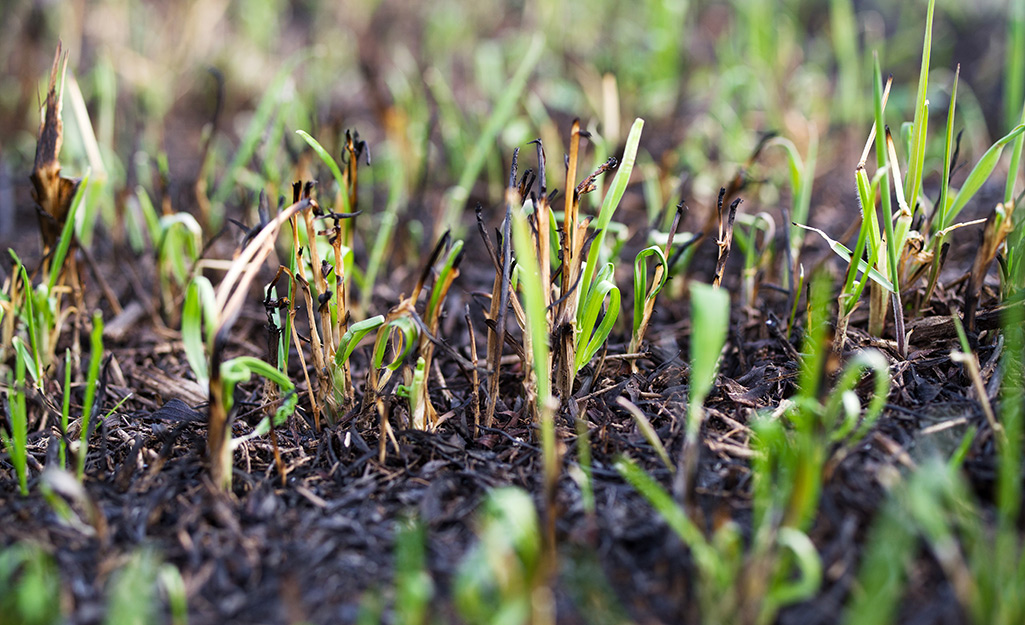
After the ground has settled:
- Check the stability of trees in your yard. Inspect the trunks and roots for deep burns. Call a tree removal service if any need to be removed.
- Trim scorched branches on otherwise healthy trees. Given time, many trees and shrubs can recover.
- Flowering plants and edibles will likely need to be re-seeded.
- Clear the dead earth. Lay fresh soil to encourage new growth.
- Resume your regular mulching, water and fertilizing schedule.
Preventing Wildfires
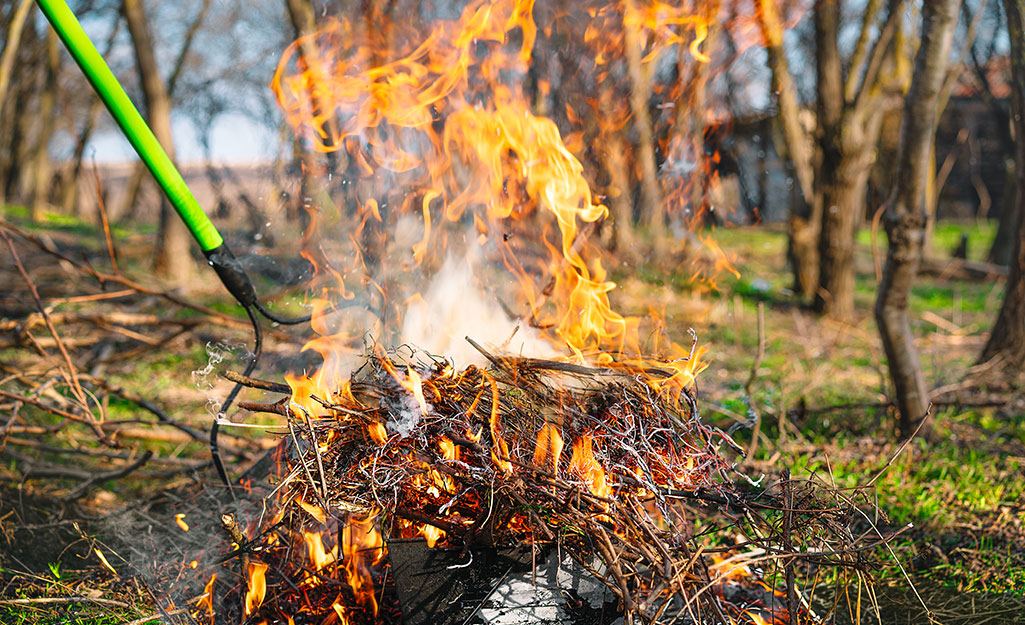
Before you burn yard waste or debris outside, follow these safety guidelines:
- Get a permit for outdoor burning from your local municipality, if necessary.
- Pay attention to weather conditions. If humidity is low and wind is high, don’t light outdoor fires, including grilling and firepits.
- Prepare the area around the fire. Hardscapes or on bare mineral soil are best.
- When burning yard debris, burn small amounts. A large fire is harder to manage and control.
- Burn in a container and have a lid or cover handy to extinguish the fire.
- Use a screen over your burn barrel or fire pit to prevent sparks and embers from floating away.
- Keep a fire extinguisher or water hose nearby.
Wildfire Recovery Landscape & Garden Checklist
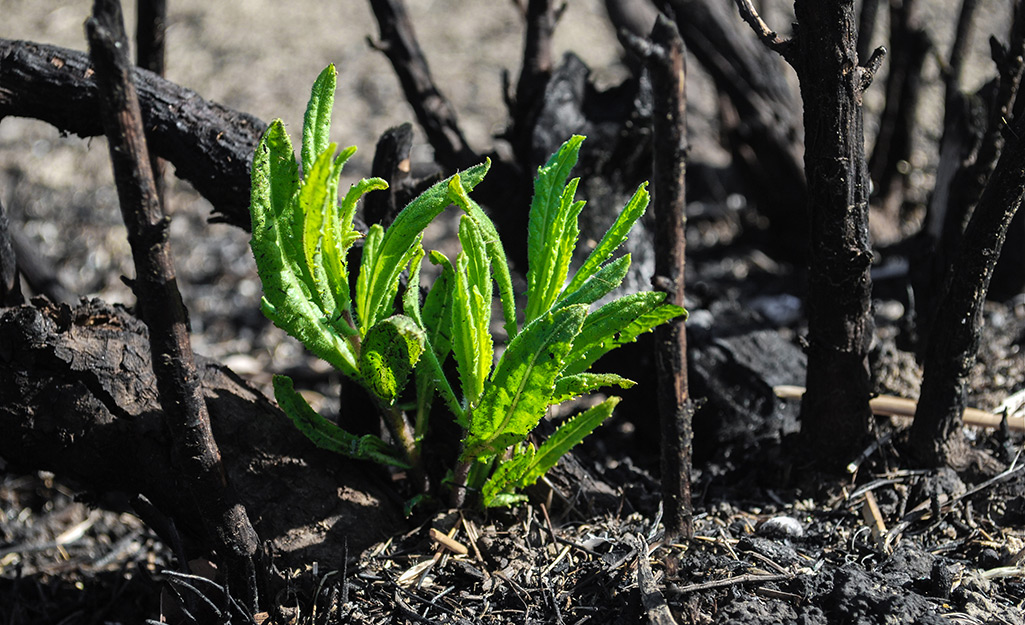
- Year-round attention will help your property recover from and handle the the threat of wildfires.
- Keep the 5-foot perimeter around your home clear of all dry and dead debris. Inspect and clean gutters 2 to 3 times a year.
- Maintain a neat yard. Blow or rake leaves away from the house. Pick up fallen limbs. Remove dead or dying trees, shrubs and bushes promptly. Mulch and dispose of yard waste or turn it into compost.
- Have a wildfire recovery tool kit packed and ready. It should contain shovels, rakes, trash cans, heavy duty plastic trash bags, a pruner and rope.
Wildfires cause serious damage to property and yards. Make sure your home is prepared. Fireproof the areas near and far from your home. Remove dry leaves, debris and tree limbs that can spread a wildfire. Make safety your first priority and evacuate if asked by local authorities. Evaluate your yard after a fire to assess what needs to removed or replanted. From tools to fire-resistant products, The Home Depot delivers
online orders
when and where you need them. If you need large tools or garden equipment, you can also rent the tools you need from us.
